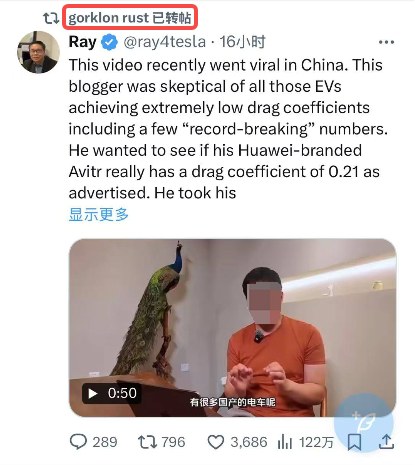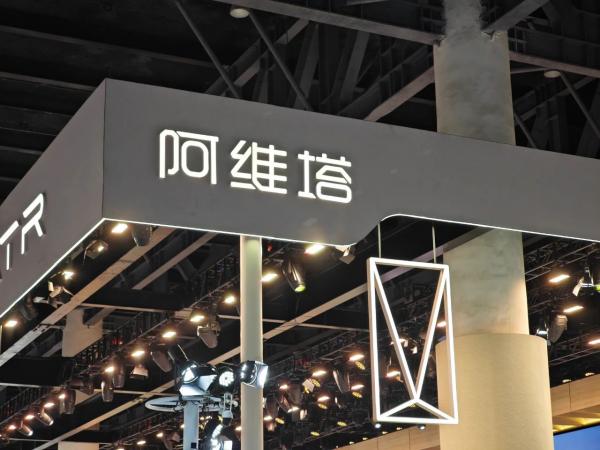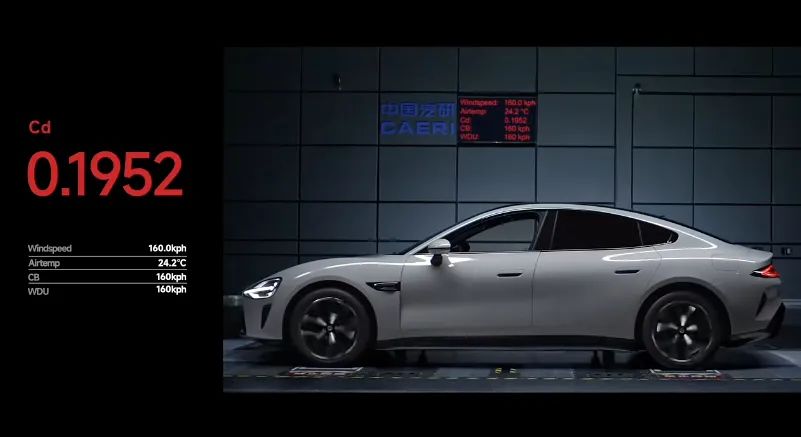Elon Musk Doubts Domestic Electric Vehicle Drag Coefficients
![]() 05/07 2025
05/07 2025
![]() 662
662
Source: YuanAuto
Good news may travel slowly, but bad news spreads like wildfire.
In under 20 hours, a post on social media platform X (formerly Twitter) challenging the repeated record lows in drag coefficients claimed by Chinese electric vehicles garnered 1.22 million views. The post even earned a retweet and endorsement from Tesla's founder and CEO, Elon Musk. The controversy stems from a recent video by a prominent automotive influencer with millions of followers, who measured the drag coefficient of the Avita 12 as 0.28, significantly higher than the automaker's official claim of 0.21.

For vehicles, the drag coefficient represents the air resistance encountered during driving. The lower the value, the less the vehicle is hindered by air resistance. For pure electric vehicles specifically, optimizing the drag coefficient is a key strategy to enhance driving range.
Building on the Avita 12 case, the post questioned several Chinese brand electric vehicles that claim to have optimized their drag coefficients to below 0.20, including the BYD Yangwang U7 (0.195), Geely E8 (0.199), Xiaomi SU7 (0.195), among others. For comparison, the drag coefficients of Tesla Model S and Mercedes-Benz EQS, two high-end electric vehicles in overseas markets, stand at 0.208 and 0.20, respectively.
"If this is true, it's a colossal fraud," commented an overseas netizen.

Regarding the actual drag coefficient of the Avita 12, YuanAuto reached out to Avita shortly after the controversial measured video was released during the "May Day" holiday. The automaker's public relations department promptly responded that "the conclusion is definitely wrong." On May 3, Avita officially announced plans to conduct a public test based on the schedule of a national professional institution's laboratory to clarify the matter.
However, even if Avita 12 proves its claims through a public test, the recent positive impression of Chinese brand electric vehicles concerning drag coefficients has still been significantly tarnished. This is because there are numerous questionable tactics related to drag coefficients that warrant scrutiny.
"The standard for wind tunnel testing by China Automotive Technology and Research Center (CATARC) specifies that the benchmark test condition is a wind speed of 120km/h, with the road simulation system and wheel speed also set at 120km/h. CATARC only issues certificates for drag coefficients measured under these conditions," an aerodynamic engineer from a new-energy automaker told YuanAuto on May 6.
CATARC's drag coefficient measurement standard is based on the "Automotive Aerodynamics Wind Tunnel Test - Aerodynamic Wind Tunnel Test Method" (T/CSAE 146-2020) issued by the Society of Automotive Engineers of China. Upon review, YuanAuto found that some models claiming drag coefficients below 0.20 do not adhere to the requirements of this test method.

For instance, Xiaomi's SU7, mentioned in the viral post on X, according to video material released by Xiaomi Motors at a conference in late 2023, boasts a drag coefficient of 0.195 measured at a wind speed of 160km/h. "Xiaomi Motors' SU7 achieves 0.195, the lowest drag coefficient among globally produced vehicles," Lei Jun, Xiaomi's founder, chairman, and CEO, stated at the time.
Notably, BYD Yangwang U7, which also claims an official drag coefficient of 0.195, specifies "120km/h" on its official website. For the average consumer, it's challenging to notice and understand the significance of these differences.
However, automakers that clearly disclose their drag coefficient test conditions are a minority. Many market competitors avoid discussing test conditions altogether. Without uniformity in testing standards, how can record-breaking drag coefficients be meaningfully compared?
In the era of electric and new energy vehicles, consumers must navigate a myriad of new concepts and knowledge when purchasing a car. This presents automakers with an opportunity to employ simplistic tactics to grab attention and boost sales. While the previously hyped field of autonomous driving has seen some rectification, many "deep waters" still exist in the market, necessitating standardized management.
Some images are sourced from the internet. Please inform us for deletion if there is any infringement.







